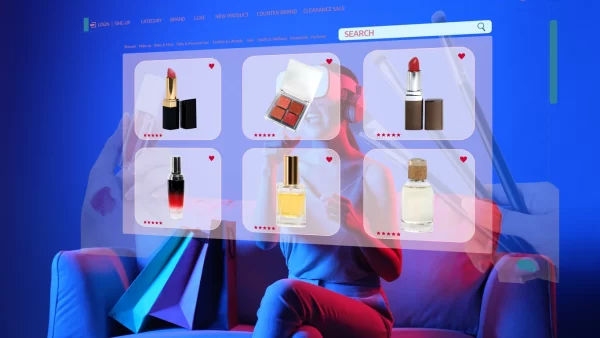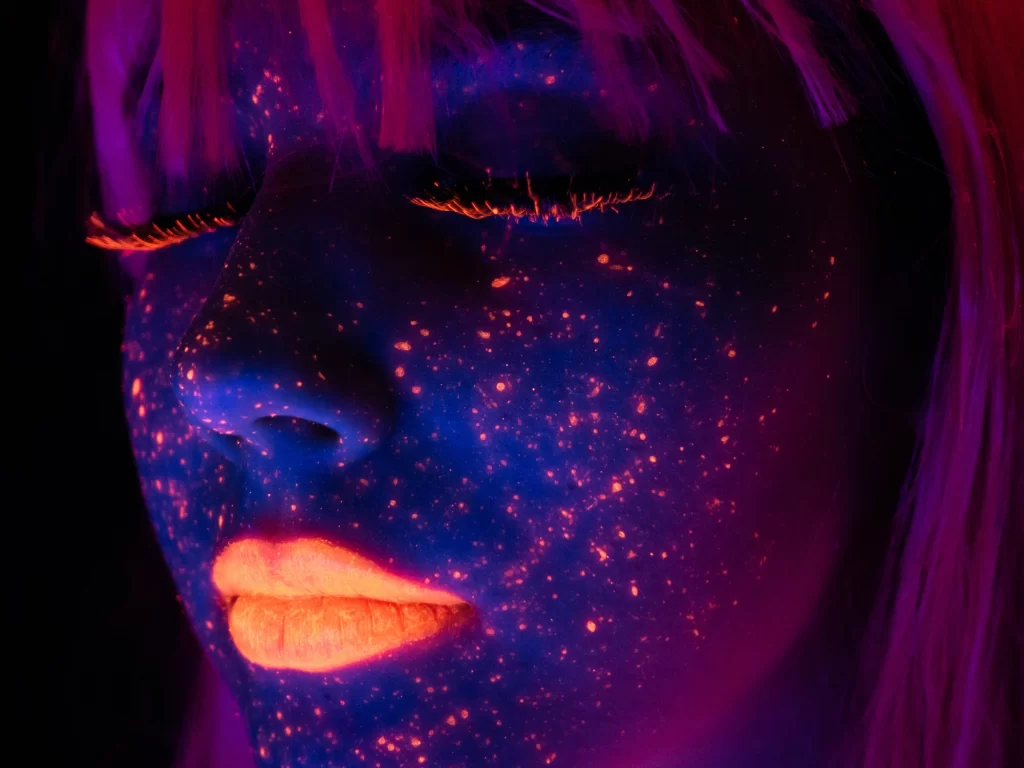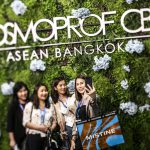Artificial Intelligence (AI) is making waves in the beauty industry, from sustainable product formulations to personalised customer experiences. But how much of this transformation is truly revolutionary, and how much is just an evolution of existing processes? We spoke with Luca Pissimiglia, Sales & Digital Director at Estetica Network, to explore AI’s impact, limitations, and whether the beauty sector is ready for a tech-driven future.
IBM and L’Oréal: Pioneering Sustainable Beauty with AI
IBM and L’Oréal recently announced a groundbreaking partnership to develop AI-driven sustainable beauty formulations. The goal is to use machine learning to optimize ingredient sourcing, reduce waste, and minimize environmental impact—ensuring that beauty products are more eco-friendly while still delivering high-quality results.
By incorporating AI into product development, L’Oréal can better understand the environmental footprint of each ingredient and process, enabling the creation of more sustainable formulas. This aligns with a broader industry trend: AI is rapidly being integrated into beauty brands’ processes, not only to enhance sustainability but also to refine product personalisation, customer engagement, and marketing strategies.
However, as Luca Pissimiglia points out, AI’s role in beauty might not be as revolutionary as some expect:
“I don’t think AI will radically transform how products are sold or applied—whether by a hairdresser or the end consumer. At the end of the day, cosmetics are physical products that need to be used manually. But AI can significantly optimize internal processes, from formulation to marketing and content creation.”
The Rise of AI-Driven Personalisation in Beauty
The global AI beauty market is projected to reach $13.4 billion by 2030, growing at a rapid pace of 20.6% CAGR. Major brands are investing in AI-driven personalisation tools to enhance the shopping experience.
The Estée Lauder Companies Inc. (ELC) has partnered with Google Cloud to enhance its online consumer experience using generative AI. This collaboration aims to leverage AI to better understand consumer sentiment, inform research and development, and create personalised digital interactions across ELC’s brand websites.
By utilizing Google Cloud’s generative AI capabilities, ELC plans to monitor real-time consumer feedback, proactively address concerns, and improve overall consumer experiences. Additionally, ELC is developing new AI-driven business applications on Google Cloud’s Vertex AI platform to streamline operations and boost productivity. This partnership builds upon a multi-year relationship between the two companies, focusing on accelerating ELC’s technology strategy and transforming the luxury digital experience.

Similarly, in haircare, companies like Madison Reed use AI to analyse individual hair types and recommend customized solutions. AI-powered virtual try-ons, such as those developed by Perfect Corp, are also gaining traction, allowing customers to test products digitally before purchasing. This innovation led to a 38% increase in conversion rates, demonstrating the effectiveness of integrating advanced beauty tech solutions in engaging consumers and boosting sales.
While these advancements are promising, Pissimiglia emphasises the importance of balancing AI with human creativity in the creative process:
“Creating an entire collection using AI is anything but simple. It eliminates costs—models, photographers, and shooting expenses—but lacks the authenticity and craftsmanship essential to the beauty industry. Relying too much on AI-generated content could reduce the perceived value of creative work.”
Balancing AI and Human Craftsmanship in the Beauty Industry
AI’s ability to automate and enhance efficiency is undeniable. However, there’s an ongoing debate about how much automation is too much, especially in an industry where human creativity and visual storytelling are paramount.
As brands continue to incorporate AI into product development and marketing, the question arises: How can AI’s efficiencies be balanced with the unique artistry that the beauty industry is known for? Pissimiglia highlights a key concern:
“Hairdressers and beauty professionals live off image creation. If we delegate that entirely to AI, we risk losing our unique artistic identity. AI should be a support tool, not a replacement for human creativity.”
This is a crucial consideration as brands experiment with AI-generated visuals, virtual models, and automated content production. As AI-generated media becomes more prevalent, the industry must develop filters to distinguish real from synthetic, ensuring that authenticity remains at the core of brand storytelling.
The Future: AI Specialisation and Industry-Specific Tools
One of the most exciting AI applications in beauty lies in product formulation. The IBM-L’Oréal collaboration is just the beginning—AI-driven solutions could soon specialize in industry-specific functions.
“AI models will be more and more niche-specific for different professions—cosmetologists, formulators, and beauty professionals. The real revolution won’t be in standardisation but hyper-personalisation,” Pissimiglia predicts.
With AI advancing rapidly, the beauty industry is at a crossroads: Will it embrace AI as a revolutionary force or an efficiency tool? One thing is clear—the brands that strike the right balance between technology and human creativity will shape the future of beauty. As AI continues to evolve, it will not only offer practical solutions but also redefine how the industry approaches sustainability, personalisation, and creativity. Embracing AI as a complement to human craftsmanship could unlock exciting new possibilities for both brands and consumers.





